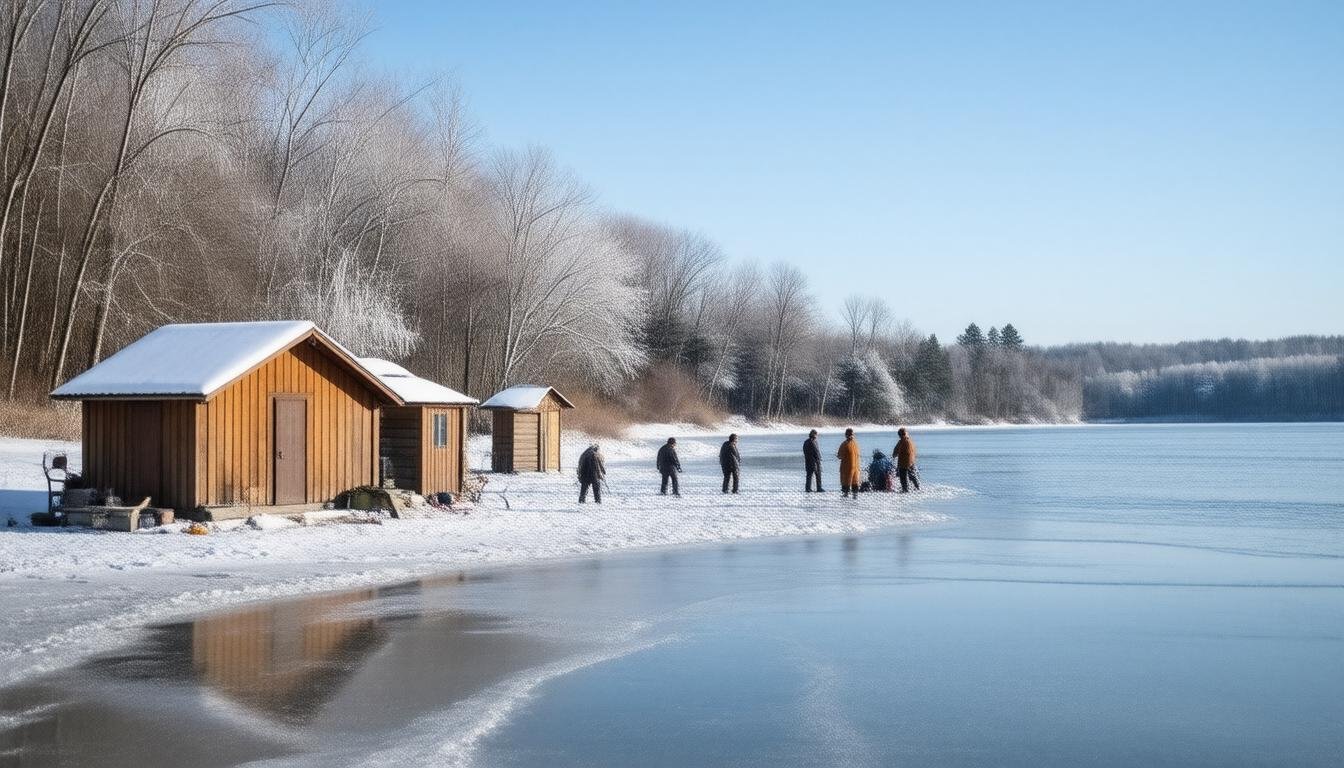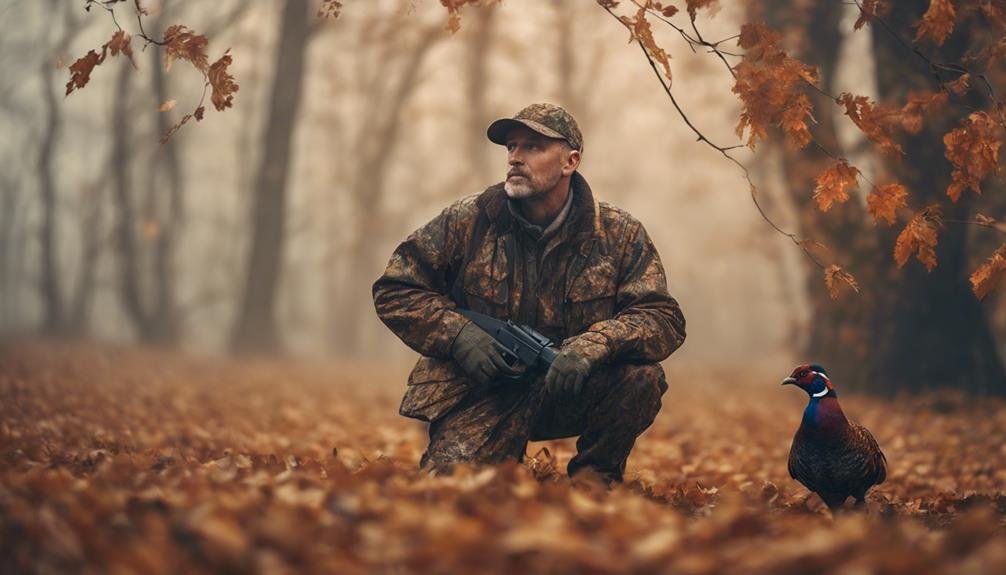As deer hunters gear up for the 2023 season, understanding the trends in white-tailed deer harvest is essential for successful outings and informed hunting strategies.
The white-tailed deer, North America’s most popular game species, plays a pivotal role in the hunting landscape, contributing significantly to conservation and local economies through hunting licenses and gear purchases.
In a recent analysis of the last three hunting seasons, spanning 2021 to 2024, remarkable trends have emerged that not only highlight the state of whitetail populations across the continent but also offer valuable insights for hunters looking to optimize their experience in the field.
From impressive harvest numbers to state-by-state performance, this article delves into the rising tides of whitetail harvests and what they mean for deer hunters this year.
Key Takeaways
- In 2023, the total whitetail buck harvest reached over 3 million, marking one of the highest figures in decades.
- Texas leads the U.S. in antlered buck harvest, followed by Michigan and Pennsylvania.
- Southern states exhibit higher hunter success rates, with South Carolina achieving a notable 73% success rate.
Overview of Whitetail Harvest Trends
Overview of Whitetail Harvest Trends
The white-tailed deer is not only the most beloved game species in North America but also a cornerstone of the hunting industry, as highlighted by Kip Adams, chief conservation officer for the National Deer Association (NDA).
This robust interest from hunters translates into substantial financial support for wildlife conservation, making understanding harvest trends essential for both enthusiasts and conservationists alike.
An analysis of whitetail harvest data from the last three seasons (2021-22, 2022-23, and 2023-24) across 48 U.S.
states and four Canadian provinces reveals significant insights.
In 2023 alone, hunters harvested an impressive total of 3,086,182 whitetail bucks within key regions of the U.S., which escalated to 3,207,109 when including western states like Arizona and Montana.
This exceptional figure represents one of the highest harvest numbers recorded in decades, indicating a thriving deer population and effective management practices.
Notably, the harvest of antlered bucks (those
1.5 years or older) eclipsed three million, a milestone achieved only once in the past quarter-century.
Texas emerged as the leading state for total antlered buck harvest, tallying 424,892, followed by Michigan, Pennsylvania, Wisconsin, and Missouri.
Examining harvest rates on a per-square-mile basis, Pennsylvania takes the lead with
3.8 bucks harvested per square mile, closely trailed by Michigan and Maryland, showcasing the concentrated deer populations in these states.
Furthermore, Southern states exhibit higher success rates among hunters, with South Carolina topping the charts, where 73% of hunters successfully harvested a buck.
This growing trend is further emphasized by significant increases in antlered buck harvests when compared to the five-year average, with states like Louisiana, Rhode Island, North Carolina, Florida, and Ohio experiencing notable upward trajectories.
These insights not only reflect the vitality of whitetail populations but also underscore the importance of sustainable hunting practices for future generations.
State-by-State Analysis of Buck Harvests
In assessing the scale of deer hunting across North America, the diverse geographical regions play a crucial role in influencing harvest numbers and hunter success rates.
The statistical analysis conducted over the three seasons reveals varying patterns that are vital for hunters aiming for strategic planning in their efforts.
For instance, the Southeast, known for its mild winters and abundant food sources, has seen robust deer populations, translating to high harvest totals.
Conversely, Northern states, while formidable in yield, often contend with harsher weather conditions that can affect hunting activity and success.
Furthermore, differing regulatory frameworks, such as tag availability and hunting seasons, also impact per-state outcomes.
This diversity not only enriches the hunting experience but also showcases the importance of understanding local environments and regulations in fostering sustainable deer populations and successful hunts.










